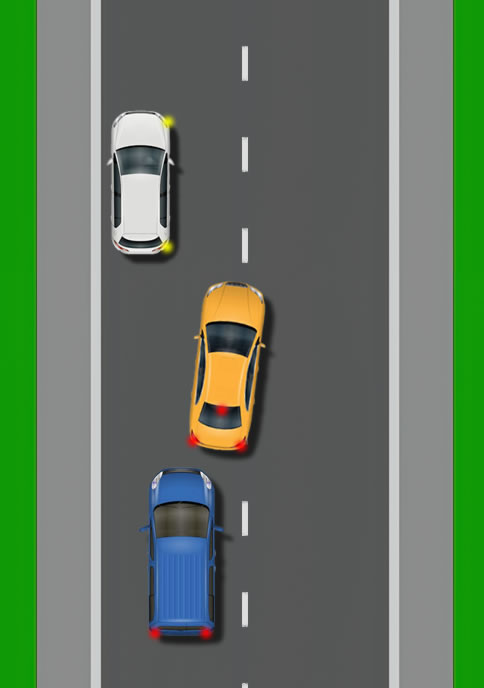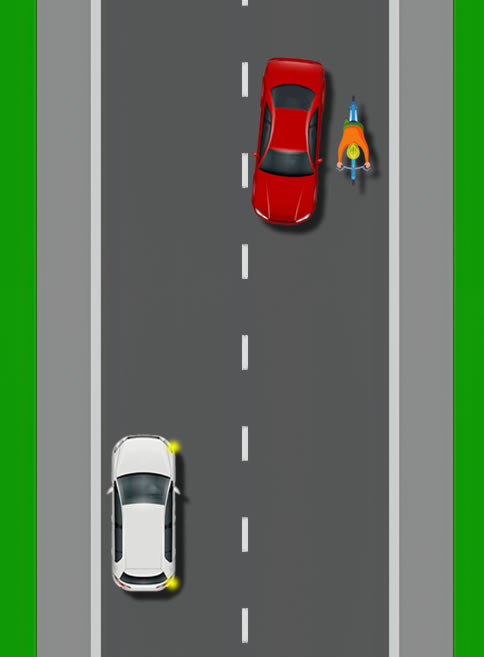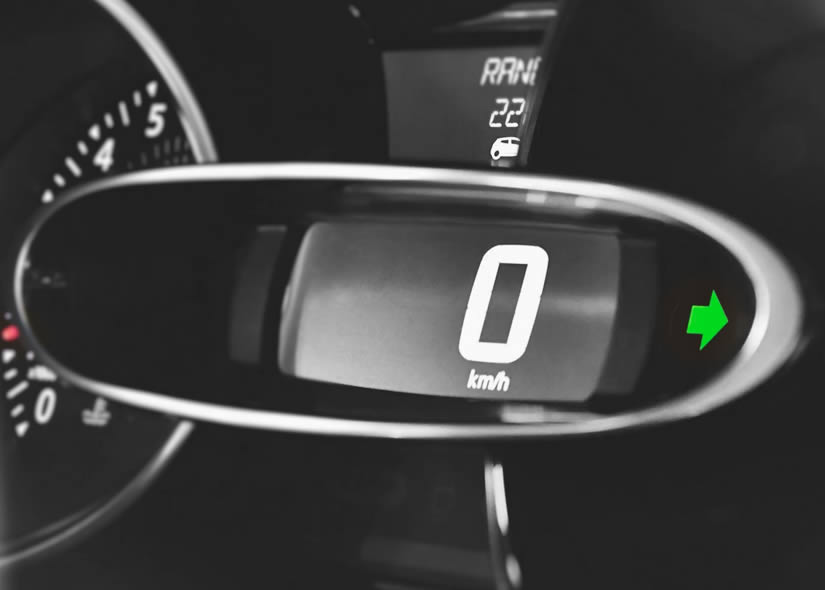There’s no rule that says you must signal when moving off. When moving off in a car, you essentially have two options:
- Only apply a signal if another road user or pedestrian may benefit.
- Apply a signal regardless.
It’s important to know that your signals do not confuse other road users, or impede their progress. Knowing whether you should apply a signal is equally important as choosing the appropriate time to apply a signal. This tutorial will explain the correct use of signals when moving off and how the incorrect use of signals can affect other road users and potentially fail a driving test.
Why Should We Signal When Moving Off?
When moving off from a parked position, we signal to let other road users and pedestrians what our intentions are. Signalling helps to keep traffic flowing more smoothly and when other road users and pedestrians can see our intentions, it helps to keep roads safer. For example, if a pedestrian is about to cross the road and sees your signal for moving off, they may delay their actions until you have gone.
When Should We Signal When Moving Off?
When moving off, there are two factors you need to consider before applying a signal:
- The car is prepared and ready to move off
- You have carried out observational safely checks
Then, you can apply a signal, in that order, but only if you actually intend on moving off. Avoid signalling before the car is ready for moving off and do not apply a signal before you have carried out your mirrors and blind spot checks. The reason for this is because you need to avoid inadvertently applying a signal, when it might be unsafe to do so.
When Should We NOT Signal When Moving Off?
When moving off, signalling is generally for the benefit of oncoming road users, pedestrians and other parked drivers that also intend on moving off. But you need to think about how your signal may affect drivers approaching your vehicle from behind. If after preparing the car for moving off and carrying out all safety checks you see a vehicle approaching from behind you, close enough for you to decide against moving off, do not apply a signal.
A signal in this instance may cause confusion where the approaching driver thinks that you’re going to pull out. This could result in the driver braking or swerving around you, potentially causing a hazardous or dangerous situation. Where possible, you should not signal unless you intend on moving off. Instead, wait for the vehicle to pass, take another quick look ahead and in your mirrors, apply a signal if clear and move off.

Looking Ahead…
Additionally, carefully consider what’s going on ahead before applying a signal. Look at what vehicles approaching from ahead are dealing with and whether it’s better to wait before applying a signal. If for example there’s a cyclist approaching and a vehicle intends on passing the cyclist, it might be best to wait for this situation to pass before applying a signal, else the vehicle may pass closer to the cyclist than intended because they think you’re moving off.

There are all sorts of situations that you need to consider before moving off and applying a signal, but in summary, when considering whether to use a signal or not, ask yourself two questions:
- If I indicate, will anybody benefit from it?
- If I indicate, will I confuse or mislead anyone?
Can You Signal to Move Off When on a Busy Road?
A signal should be used to inform other road users of your intentions, but occasionally, it may also be used as a request. If you’re on a busy road, with a constant stream of slow moving traffic, you can apply a signal as a request to move off and merge into the traffic flow. In this instance, apply a signal and wait for a driver to slow down and let you out. They may alert you of their intentions to let you out by flashing their headlights or via a hand gesture.
In this situation it is imperative that if a driver signals you out, that you check first that it’s safe to do so before moving off. The driver could be signalling another road user and accidents often happen in these situations.
Signalling, Moving Off and the Driving Test
During a driving test, examiners are particularly fussy about the inappropriate use of signals. Before moving off, it’s not only essential that you carry out all mirror and blind spot checks, but it’s equally essential that you act on what you see in mirrors. In other words, don’t just go through the process of looking in them, but actually assess what you see and make an informed decision.
Thousands of driving tests are failed each year due to test candidates use of signals. Generally speaking, if you’re not going to move off based on what you see in your mirrors, don’t apply a signal. Additionally, if you did apply a signal, make sure that once moved off, if the signal hasn’t self-cancelled, then manually cancel it.
In terms of applying signals regardless of whether anyone will benefit from seeing it, examiners are perfectly fine with this provided that prior to doing so, you have carried out all necessary observational checks.
